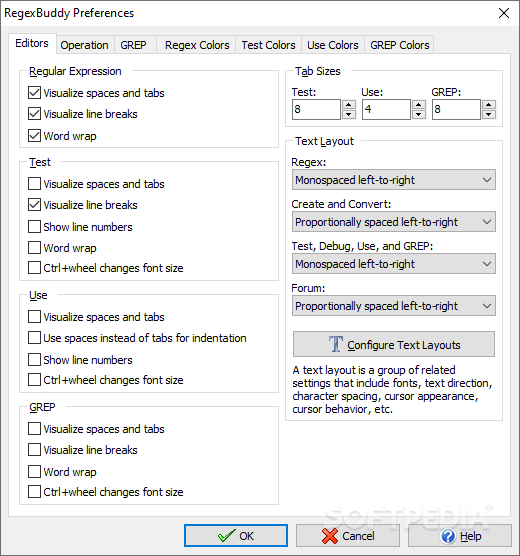
For example, the Windows 7 interface changes depending on the graphics hardware on the machine, with low-end machines getting the Windows 7 Basic theme, and high-end GPUs getting the full Aero treatment. Like Windows Vista, Windows 7 tailors certain aspects of itself to the capabilities of the system on which you're installing it. Viewing Your Computer's Performance Rating To that end, the next few sections take you on a brief tour of Windows 7's performance monitoring capabilities. You can do this by just using the system and paying attention to how things look and feel, but a more rigorous approach is often called for. That means if you want to optimize your system, you have to get to know how it works, what it needs, and how it reacts to changes.

Performance optimization is a bit of a black art in that every user has different needs, every configuration has different operating parameters, and every system can react in a unique and unpredictable way to performance tweaks. Computer Performance Monitor Capabilities

Windows XP came with a decent set of client tools, Vista improved on them (although not with anything radically new or earth shattering), and Windows 7 stays the course. Of course, it helps if your operating system gives you a good set of tools to improve and monitor performance, diagnose problems, and keep your data safe. So, how do you break out of the performance deadlock created by the immovable object of software code bloat meeting the irresistible force of hardware advancement? By optimizing your computer to minimize the effects of overgrown applications and to maximize the native capabilities of your hardware.


 0 kommentar(er)
0 kommentar(er)
